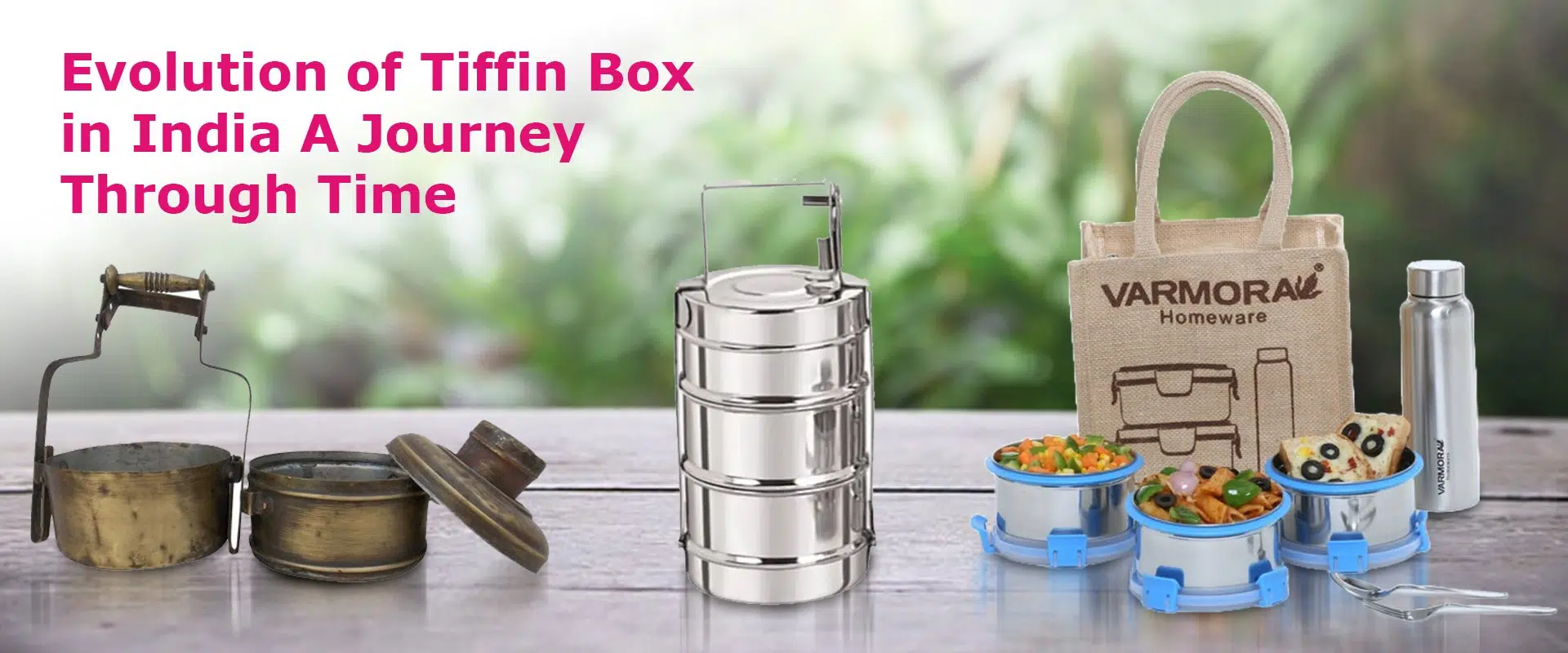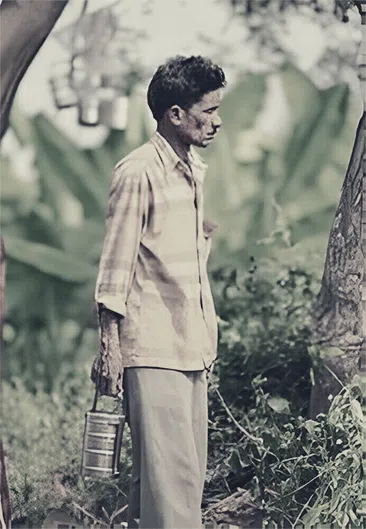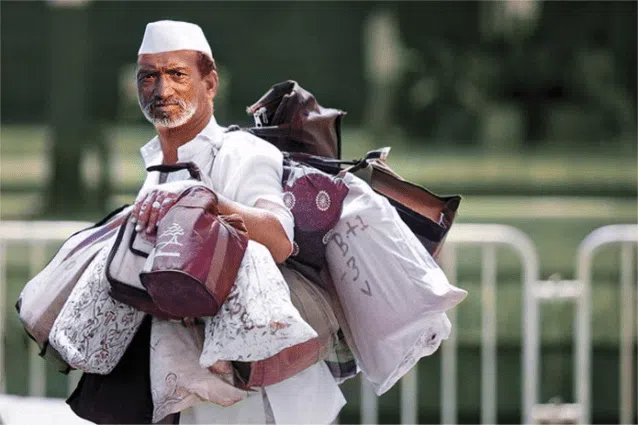A tiffin box is probably a piece of accessory you carry every day. However, did you know in Indian culture the tiffin box holds a special significance?
In a culture where we have different types of cuisines spread out across different regions, the humble tiffin box in India holds a special place. And the evolution of the tiffin box in India also reflects the changing lifestyles, preferences, and cultural dynamics of society at that time.
So, join me as we try to unravel the fascinating story of tiffin boxes in India.
Tiffin Box in India: The Origin
The concept of carrying food from home dates back centuries in the history of India. In those times, workers in fields and travelers carried simple containers made of leaves or woven materials to carry food. These are some of the early adoptions of the Indian tiffin box which were simple and practical.
The British colonial era brought in significant changes, including the introduction of metal tiffin carriers. Influenced by the British lunchbox, these metal containers were typically cylindrical or rectangular, consisting of multiple compartments to keep various dishes separate. They were sturdy and convenient and became common among office-goers and schoolchildren.
It is also interesting to note that this is also the period where the word “tiffin” was coined. British officers and even upper-class Indians would often drink “tiff,” a slang word for diluted liquor, at lunchtime. The word got accepted widely and started referring to any food taken after breakfast and before dinner.
USD 0.40 Billion is the Size of the Tiffin Box Market in India
As urbanization accelerated in post-independence India, the tiffin box underwent further transformations. Plastic tiffin carriers emerged as a lightweight and affordable alternative to traditional metal ones. These modern changes featured vibrant colors and designs, which catered to the different tastes of consumers.
The Dabbawalas of Mumbai and the Future of Tiffin Boxes
Tiffin boxes in India remain incomplete without mentioning the famous Dabbawalas in Mumbai. They started in the late 1800s and were known for delivering lunch boxes. Dressed in white clothes, they carried thousands of tiffin boxes through the busy city each day. They made sure that workers got their homemade meals on time, and people trusted them to be fast and dependable in their service.
As we look ahead, the future of tiffin boxes in India will keep on changing. Some people may continue to enjoy carrying homemade meals in metal carriers. However, others may embrace the convenience of modern alternatives.
Tiffin boxes of today have a variety of features that make them a popular choice for individuals. From being microwave-safe to being leak-proof, damage-proof, and also made out of materials like glass, plastic, and stainless steel, they provide convenience and versatility for carrying meals on the go.
Final Thoughts
The way tiffin boxes evolved in India shows how adaptive our society can be, even when times change. Starting from simple beginnings to now having all kinds of new ideas, the journey of the tiffin box shows how we mix old methods and practices with new ideas.
So, let’s remember that tiffin boxes are not just for carrying food, they’re also a part of our culture that we should treasure for years to come.
Its 2024, and tiffin boxes have come a long way, especially with Varmora’s range of airtight, microwave-safe & spill-proof tiffin boxes that are perfect for modern families and working professionals. Check them out here!



